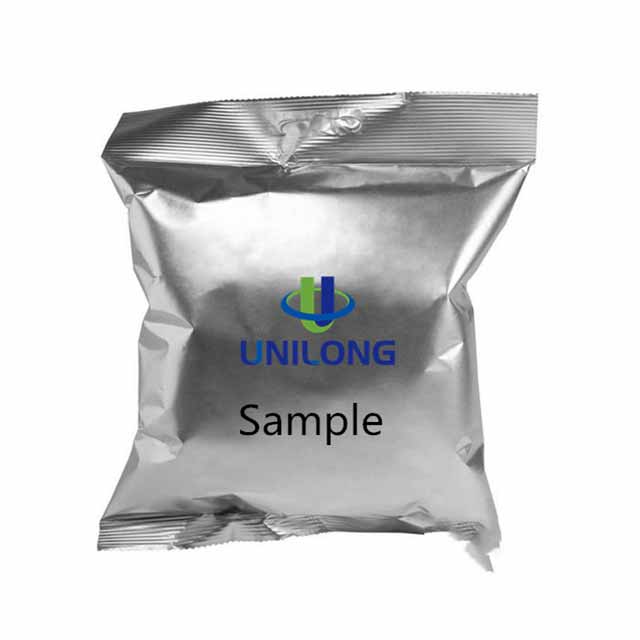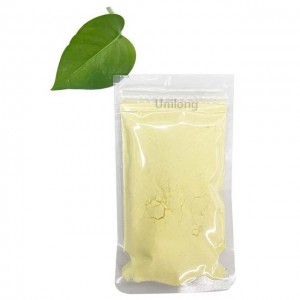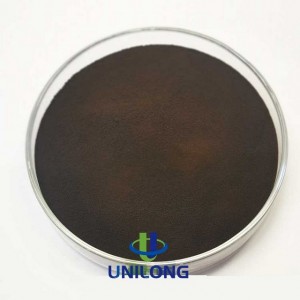2,5-Dimethoxybenzaldehyde CAS 93-02-7
2,5-Dimethoxybenzaldehyde is a light yellow crystalline powder with a molecular weight of 166.18 and a boiling point of 146°C. It is soluble in organic solvents such as ethanol and ether. It is mainly used as a pharmaceutical intermediate.
|
ITEM |
STANDARD |
|
Appearance |
Gray to yellow solid |
|
NMR |
Comply |
|
Purity |
>98% |
|
Melting point |
46-48 °C (lit.) |
|
Water content |
<0.5% |
In addition to being oxidized or reduced to 2,5-dimethoxybenzoic acid, benzonitrile or benzyl alcohol, 2,5-dimethoxybenzaldehyde itself also has unique application value. By reacting with substances with different types of functional groups, drug molecules with different structures and different effects can be obtained. Parkinson's disease (PD) is a common neurodegenerative disease, and its main clinical symptoms include muscle tremor, rigidity, movement difficulties, body posture and movement balance disorders. Further development will also lead to recognition, perception, memory disorders and obvious dementia. At present, the treatment of PD mainly includes drug therapy, surgical treatment and gene therapy. In drug therapy, phenamidine was found to have a positive effect on PD, with low toxicity and good safety, and the synthesis of phenamidine requires the use of 2,5-dimethoxybenzaldehyde as a starting material.
According to the synthesis method reported in the literature, 2,5-dimethoxybenzaldehyde is mainly obtained by reacting 1,4-dimethoxybenzene with a formylation agent. Formylation agents include (1) a mixture of 1,1-dichloromethyl ether and titanium tetrachloride; (2) a mixture of N,N-dimethylformamide and phosphorus oxychloride, a mixture of N,N-dimethylformamide and oxalyl chloride; (3) a mixture of N,N-dimethylformamide and thionyl chloride or a mixture of urotropine and magnesium chloride. However, these methods require the use of a large amount of titanium tetrachloride, phosphorus oxychloride or thionyl chloride. These reagents are unstable and easily decomposed, and a large amount of hydrochloric acid gas is released during the reaction, which is not environmentally friendly and has high requirements for the operation process.
A new synthesis method has been proposed. This method uses 1,4-dimethoxybenzene and formaldehyde as raw materials, and performs a photooxidative coupling reaction in the presence of oxygen and a catalyst under blue light irradiation to efficiently synthesize 2,5-dimethoxybenzaldehyde. This method uses oxygen or air as an oxidant, does not produce acidic gas, and is environmentally friendly. In addition, this method uses cheap cobalt as a catalyst, which is low in price and suitable for industrial application.
25kgs/drum, 9tons/20’container
25kgs/bag, 20tons/20’container

2,5-Dimethoxybenzaldehyde CAS 93-02-7

2,5-Dimethoxybenzaldehyde CAS 93-02-7














